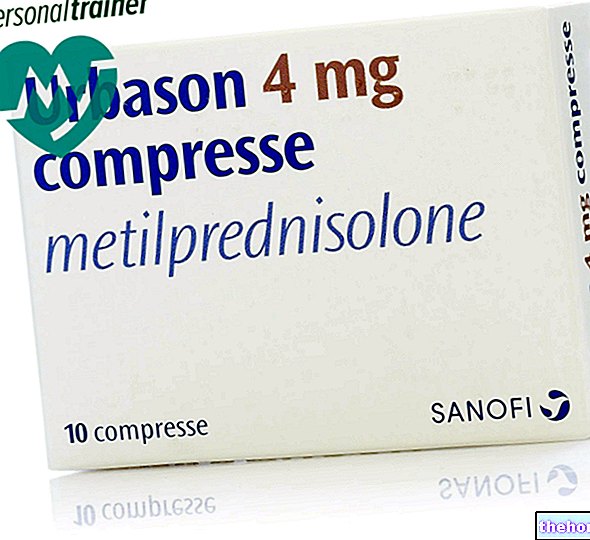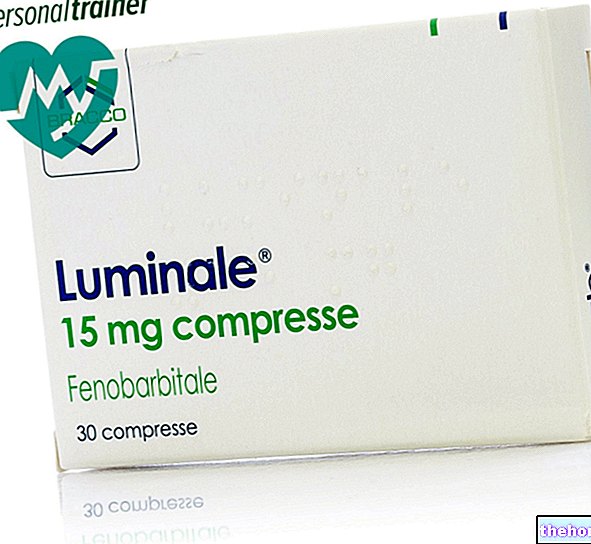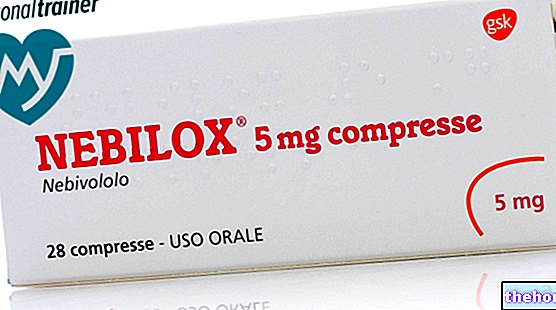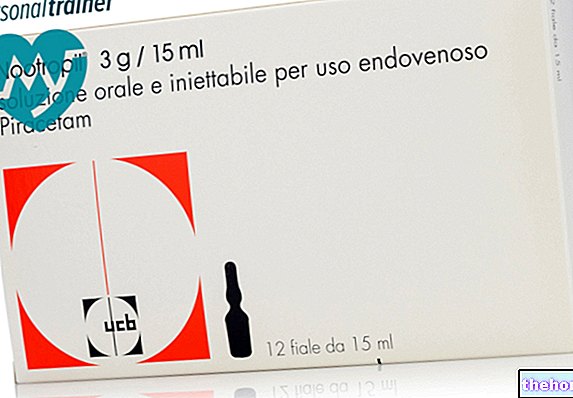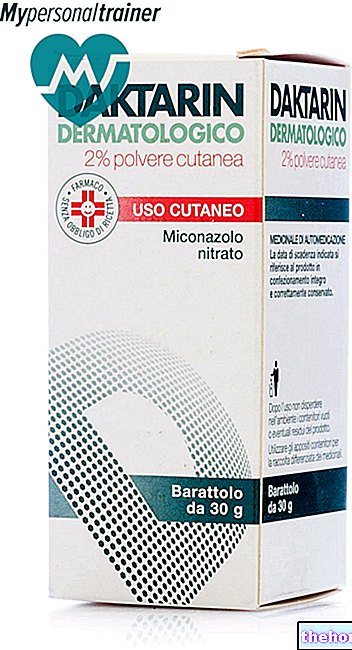Active ingredients: Fluocinolone (Fluocinolone acetonide), Neomycin (Neomycin sulfate)
DORICUM 0.025% + 0.5% ear and nasal drops, suspension
Doricum package inserts are available for pack sizes:- DORICUM 0.025% + 0.5% ear and nasal drops, suspension
- DORICUM 0.04% + 0.5% eye drops, suspension
Why is Doricum used? What is it for?
PHARMACOTHERAPEUTIC CATEGORY
Preparation containing an anti-inflammatory steroid and an antibiotic, neomycin.
INDICATIONS
Bacterial rhinitis from germs sensitive to neomycin accompanied by an evident inflammatory component.
Corticosteroid-sensitive external auditory canal dermatosis with superinfection by neomycin-sensitive bacteria.
Bacterial infections of the external ear canal sensitive to neomycin with evident inflammatory component.
Contraindications When Doricum should not be used
Hypersensitivity to one of the components of the product.
Fungal, tuberculous and viral infections of the mucous membranes and skin to be treated.
Perforation of the tympanic membrane.
Precautions for use What you need to know before taking Doricum
Benzalkonium chloride (BAC) contained as a preservative in DORICUM, especially when used for long periods, can cause swelling of the nasal mucosa. If such a reaction (persistent nasal congestion) is suspected, a BAC-free nasal medicine should be used if possible. If such nasal medications without BAC are not available, another pharmaceutical form should be considered.
It can cause bronchospasm. Irritating, may cause local skin reactions.
It is important to take the dose of medication as directed in the package leaflet or as prescribed by your doctor. Only the dose recommended by your doctor should be used; the use of higher or lower doses can cause worsening of symptoms.
The product should be used with caution in cases of persistent chronic otitis media due to the ototoxicity of neomycin. The product contains sodium metabisulphite, this substance can cause allergic reactions and severe asthmatic attacks in sensitive subjects and particularly in asthmatics.
Interactions Which drugs or foods can modify the effect of Doricum
There is a possibility of cross-allergic reactions between neomycin and the following antibiotics: kanamycin, streptomycin, paromomycin and probably gentamicin. There appears to be a progressive increase in people sensitive to neomycin.
Warnings It is important to know that:
USE DURING PREGNANCY AND BREASTFEEDING
In pregnant women and in very early childhood, the product should be administered in case of real need under the direct supervision of the doctor.
Prolonged or repeated use of products for topical use can give rise to sensitization phenomena.
Dose, Method and Time of Administration How to use Doricum: Posology
Introduce 1-3 drops in each nostril or in the external ear canal 3/5 times a day, according to medical prescription.
Side Effects What are the side effects of Doricum
In nasal use the most common secondary local effects are hyperemia, burning, itching. Although systemic absorption is very poor, after long therapies it is good to consider the possibility of systemic side effects typical of steroids such as adynamy, asthenia, arterial hypertension, edema. , hypokalaemia, metabolic alkalosis and heart rhythm disturbances.
Systemic effects may occur with intranasal corticosteroids, particularly when prescribed in high doses for prolonged periods. These can include growth retardation in children and adolescents.
The patient must inform his doctor or pharmacist of any undesirable effects that occur during therapy with the product.
Expiry and Retention
Keep out of reach of children.
Check the expiration date of the product shown on the package.
Do not use the medicine beyond the indicated expiration date.
The expiry date indicated refers to the product in intact packaging, correctly stored.
Store at a temperature not exceeding 30 ° C.
COMPOSITION
100 ml contain:
Active principles:
Fluocinolone acetonide 0.025 g
Neomycin sulfate 0.5 g
Excipients:
Dibasic sodium phosphate dodecahydrate 0.2 g
Monobasic potassium phosphate 0.1 g
Polysorbate 80 0.1 g
Polysorbate 60 0.1 g
Hypromellose 0.2 g
Benzalkonium chloride 0.01 g
Disodium edetate 0.1 g
Sodium metabisulfite 0.1 g
Purified water q.s.
PACKAGING
10ml dropper bottle.
Source Package Leaflet: AIFA (Italian Medicines Agency). Content published in January 2016. The information present may not be up-to-date.
To have access to the most up-to-date version, it is advisable to access the AIFA (Italian Medicines Agency) website. Disclaimer and useful information.
01.0 NAME OF THE MEDICINAL PRODUCT
DORICUM 0.025% + 0.5% EAR AND NASAL DROPS, SOSOPENSION
02.0 QUALITATIVE AND QUANTITATIVE COMPOSITION
100 ml contain:
Active principles:
Fluocinolone acetonide 0.025 g
Neomycin sulfate 0.5 g
03.0 PHARMACEUTICAL FORM
Suspension for oto-rhinological use.
04.0 CLINICAL INFORMATION
04.1 Therapeutic indications
Bacterial rhinitis from germs sensitive to neomycin accompanied by an evident inflammatory component. Corticosteroid-sensitive external auditory canal dermatosis with superinfection by neomycin-sensitive bacteria.
Bacterial infections of the external ear canal sensitive to neomycin with evident inflammatory component.
04.2 Posology and method of administration
Introduce 1-3 drops in each nostril or in the external ear canal 3/5 times a day, according to medical prescription.
04.3 Contraindications
Hypersensitivity to one of the components of the product.
Fungal, tuberculous and viral infections of the mucous membranes and skin to be treated. Perforation of the tympanic membrane.
04.4 Special warnings and appropriate precautions for use
As with other preparations, the development of non-sensitive microorganisms including fungi is possible. Cortisones can also reduce resistance to infections and activate, enhance or mask an infectious process. If concomitant antibiotic treatment is inappropriate, only an apparent improvement in the clinical situation can occur due to the anti-inflammatory effect of steroids. Therefore, if the disease does not respond promptly and effectively to the combined therapy, this must be suspended and the infection treated adequately with others. In any case, do not exceed a week of therapy. In prolonged treatments beyond the recommended limit and / or at high doses or in subjects with renal insufficiency or treated simultaneously with other drugs harmful to the ear and kidney, otonephrotoxic phenomena are possible . Cortisones may mask a hypersensitivity reaction to neomycin; there is the possibility of cross-hypersensitivity to other aminoglucoside antibiotics.
Keep out of reach of children.
Systemic effects may occur with intranasal corticosteroids, particularly when prescribed in high doses for prolonged periods. These effects are less likely to occur than with oral corticosteroid treatment and may vary in individual patients and between different corticosteroid preparations. Possible systemic effects include Cushing's syndrome, Cushingoid features, adrenal suppression, growth retardation in children and adolescents, decreased bone mineral density, cataracts, glaucoma and, more rarely, a range of psychological or behavioral effects including psychomotor hyperactivity, disturbances sleep, anxiety, depression or aggression (particularly in children).
It is recommended that the height of children receiving prolonged intranasal corticosteroid treatment is regularly monitored (see section Undesirable effects).
The product should be used with caution in cases of persistent chronic otitis media due to the ototoxicity of neomycin. The product contains sodium metabisulphite, this substance can cause allergic reactions and severe asthmatic attacks in sensitive subjects and particularly in asthmatics.
04.5 Interactions with other medicinal products and other forms of interaction
There is a possibility of cross-allergic reactions between neomycin and the following antibiotics: kanamycin, streptomycin, paromomycin and probably gentamicin. There appears to be a progressive increase in people sensitive to neomycin.
04.6 Pregnancy and lactation
In pregnant women and in very early childhood, the product should be administered in case of real need under the direct supervision of the doctor.
04.7 Effects on ability to drive and use machines
There are no contraindications.
04.8 Undesirable effects
In nasal use the most common secondary local effects are hyperemia, burning, itching. Although systemic absorption is very poor, after long therapies it is good to consider the possibility of systemic side effects typical of steroids such as adynamy, asthenia, arterial hypertension, edema. , hypokalaemia, metabolic alkalosis and heart rhythm disturbances.
Systemic effects may occur with intranasal corticosteroids, particularly when prescribed in high doses for prolonged periods.
These can include growth retardation in children and adolescents.
04.9 Overdose
No cases of overdose have been reported.
05.0 PHARMACOLOGICAL PROPERTIES
05.1 Pharmacodynamic properties
Pharmacology
The pharmacological characteristics can be deduced from the properties of the individual constituents:
to. fluocinolone acetonide, anti-inflammatory of high power (about 200 times that of cortisol) whose acetonide esterification in position 16, 17, make its presence in situ more prolonged, increasing its activity when administered topically.
b. neomycin, a broad spectrum aminoglucoside antibiotic that acts on both gram-positive and gram-negative germs. It is topically active against staphylococcus and numerous gram-negative germs such as Proteus. It is poorly active against streptococci, while Pseudomonas is generally resistant.
Toxicology
The LD50 of the product as a whole, administered orally to mice, was 8.1 g / kg. In the subacute toxicity tests carried out in rats for 20 days, with doses higher than 35 times that of use in human therapy and in those of toxicity for prolonged administration (90 days), no significant changes were noted with respect to the baseline values. in the parameters examined (azotemia, number of erythrocytes, leukocytes, proteinuria, plasma cortisol) while a slight increase was noted at the level of blood sugar and serum glands. The general toxicity, both acute and chronic, has been defined as being of very modest intensity, and constitutes proof that the active principles of Doricum O.R.L. do not pass into the circulation, when applied to the nasal and / or ear mucosa.
05.2 Pharmacokinetic properties
05.3 Preclinical safety data
06.0 PHARMACEUTICAL INFORMATION
06.1 Excipients
Disodium phosphate dodecahydrate 0.2 g
Monobasic potassium phosphate 0.1 g
Polysorbate 80 0.1 g
Polysorbate 60 0.1 g
Hypromellose 0.2 g
Benzalkonium chloride 0.01 g
Disodium edetate 0.1 g
Sodium metabisulfite 0.1 g
Purified water q.s.
06.2 Incompatibility
None known until now.
06.3 Period of validity
18 months.
06.4 Special precautions for storage
Store at a temperature not exceeding 30 ° C.
06.5 Nature of the immediate packaging and contents of the package
White opaque plastic bottle with 10 ml dropper
06.6 Instructions for use and handling
07.0 MARKETING AUTHORIZATION HOLDER
THEA FARMA S.p.A.
Via Giotto, 36. 20145 Milan
08.0 MARKETING AUTHORIZATION NUMBER
A.I.C. n ° 021835020
09.0 DATE OF FIRST AUTHORIZATION OR RENEWAL OF THE AUTHORIZATION
1970
10.0 DATE OF REVISION OF THE TEXT
May 2012

